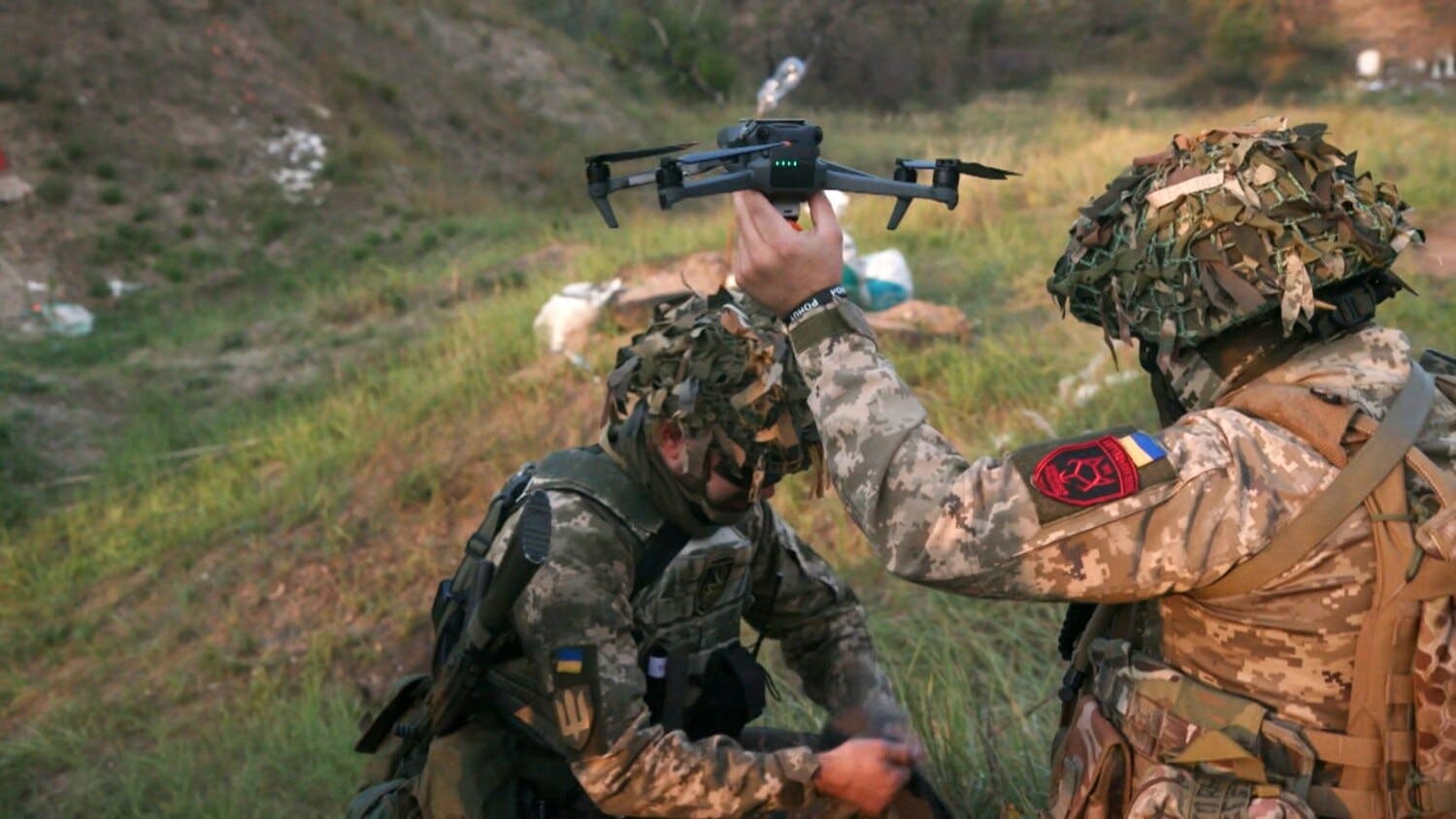Ever since the onset of Russian aggression against Ukraine eleven years ago, military training has been a core element of Western support for the Ukrainian Armed Forces. As Moscow’s invasion has escalated into the largest European war since World War II, the relationship between Ukraine and the country’s partners has become much more of a two-way street. While Ukrainian troops continue to train with Western instructors, it is now increasingly apparent that NATO also has a lot to learn from Ukraine.
The Ukrainian military has evolved dramatically during the past three years of full-scale war against Russia to become the largest and most effective fighting force in Europe. Innovation has played a key role in this process, with Ukraine relying on the country’s vibrant tech sector and traditionally strong defense industry to counter Russia’s overwhelming advantages in terms of both manpower and firepower. This has resulted in an army capable of developing and implementing the latest military technologies at speeds that are unmatched by any Western countries with their far more bureaucratic procurement cycles.
Ukraine’s innovative approach to defense is most immediately obvious in the country’s ability to produce and deploy a wide variety of drones. Since the start of Russia’s full-scale invasion in February 2022, the experience of the Ukrainian army has underlined the growing dominance of drones on the modern battlefield, and has redefined our understanding of drone warfare in ways that will shape military doctrines around the world for many years to come.
The most important tools in Ukraine’s unmanned arsenal are the country’s growing fleet of First Person View (FPV) drones. These drones in many ways function as the infantry of drone warfare. They have become a central pillar of Ukraine’s war effort, inflicting up to
Ukrainian production of FPV drones has mushroomed in recent years, with domestic companies also gradually moving away from an initial reliance on imported components. By early 2025, Ukraine was reportedly
Russia is also relentlessly adapting to technological changes on the battlefield, creating a daily race to innovate that runs in parallel to the actual fighting on the front lines of the war. The dominance of FPV drones has led to a variety of countermeasures, ranging from the widespread use of netting and so-called “cope cages,” to increasingly sophisticated electronic blocking and the jamming of signals. In response, both Russia and Ukraine are turning to fiber optic drones that are not susceptible to jamming technologies.
As the full-scale war approaches a fourth summer, the evolution of drone tactics continues. Over the past year, Ukraine has sought to establish a 15-kilometer kill zone patrolled by drones along the front lines of the conflict, making it extremely challenging to concentrate troops for major offensive operations. The strength of Ukraine’s so-called “
Beyond the front lines, Ukraine has developed an expanding fleet of long-range drones capable of striking targets deep inside Russia. This has made it possible to carry out a
Ukrainian drone innovations are also transforming naval warfare. During the first two years of the war, Ukraine used marine drones to target Russia’s Black Sea Fleet, sinking or damaging multiple warships and forcing the remainder to retreat from Russian-occupied Crimea. This remarkable success made it possible to lift the naval blockade on Ukrainian ports and reopen commercial maritime routes, providing Kyiv with a vital economic lifeline.
More recently, Ukraine has begun using naval drones as launch platforms for missiles and smaller unmanned systems. The results have been spectacular. In January 2025, missile-armed Ukrainian naval drones
Ukrainian military planners are now working on a range of
Speaking in April 2025, Ukraine’s former commander in chief Valeriy Zaluzhniy underlined how his country’s use of new technologies was transforming the battlefield. “The Russian-Ukrainian War has completely changed the nature of warfare,” he
Western leaders and military commanders are clearly taking note of the remarkable progress made by the Ukrainian Armed Forces since 2022. Many are now incorporating Ukraine’s unique battlefield experience into their own programs, while NATO members including
For many years, it has been customary to view Ukraine as being almost entirely dependent on Western aid and know-how for its survival. This was always an oversimplification; it is now hopelessly outdated. In reality, today’s Ukraine is a drone superpower with an innovative domestic defense industry that can provide its NATO allies with important lessons in the realities of twenty-first century warfare.










